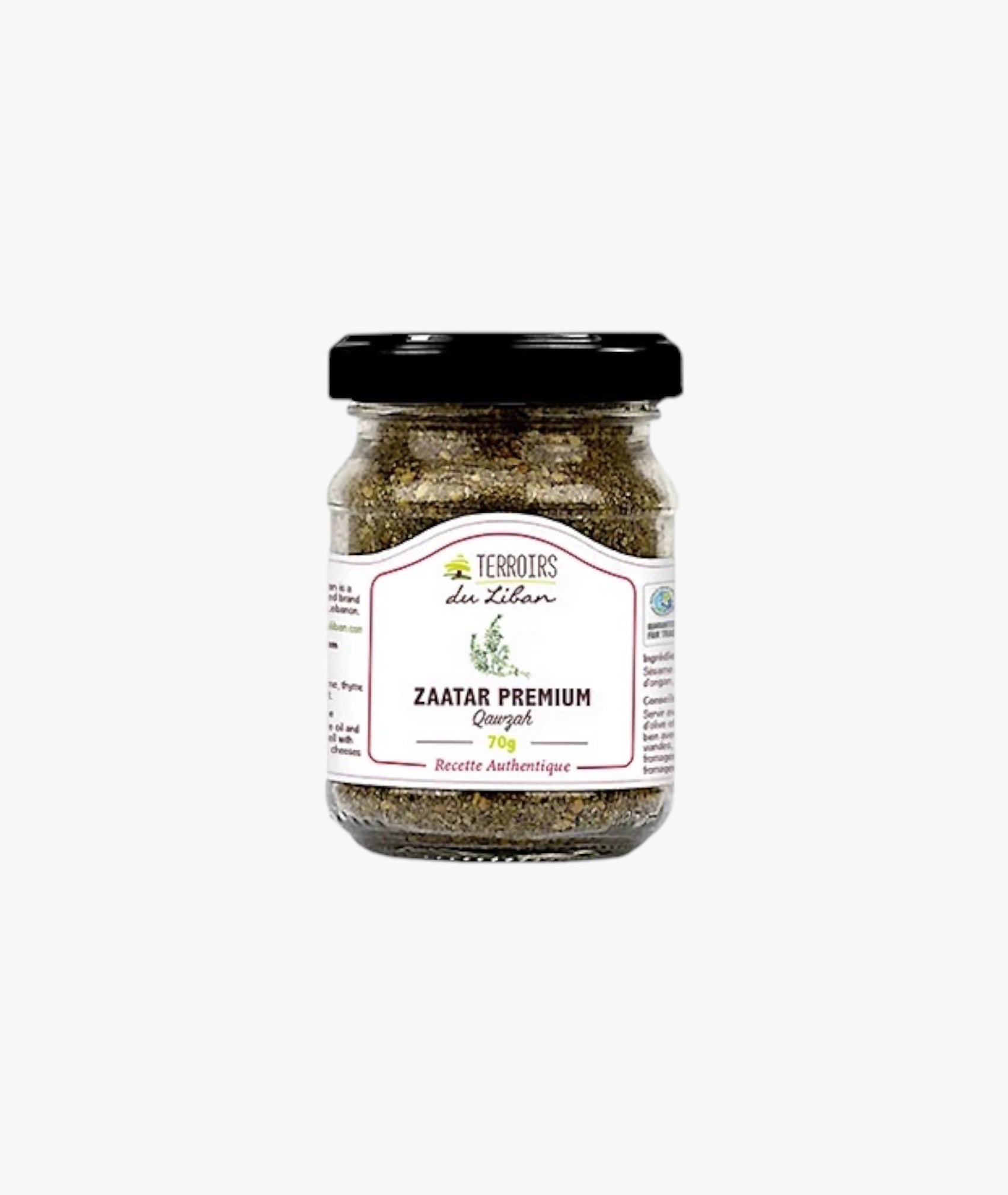Free delivery
Delivery on the date and time of your choice is free for purchases over €150
Free returns
You have 30 days to change your mind and return eligible items to us free of charge.




Born under the sun of Qawzah, a village in southern Lebanon, this “premium” version of zaatar does not contain oregano flowers.
Growing wild in the Lebanese mountains, oregano is carefully handpicked in early summer and then dried in the shade for several days. Hand-stripped, it is paired with carefully selected sesame and sumac.
With its salty-toasted notes enhanced with a hint of acidity, zaatar sprinkles a pinch of the Orient on pizzas, grilled meats, and salads. Infused in olive oil, it deliciously dresses a slice of toasted bread. It also reveals itself when combined with dairy products: fromage blanc, mozzarella, feta, labneh, etc. This blend of spices and tomatoes also goes very well with lamb, skewers, or grilled meat or fish. Cordon bleus eager for escape will sprinkle it on their "manoushés," succulent Levantine flatbreads! For those intrepid in the kitchen, it can also be used sweetly on a crumble, a tart, or with chocolate.
For Easter, don't hesitate to offer zaatar with lamb recipes, as a marinade on a leg of lamb for Easter or simply sprinkled on chops, it works wonders!
Located in southern Lebanon, the Qawzah cooperative prepares this delicious zaatar with love and passion.
From breakfast to dinner, at any time of day, zaatar adds color and flavor to your dishes!
Vegan